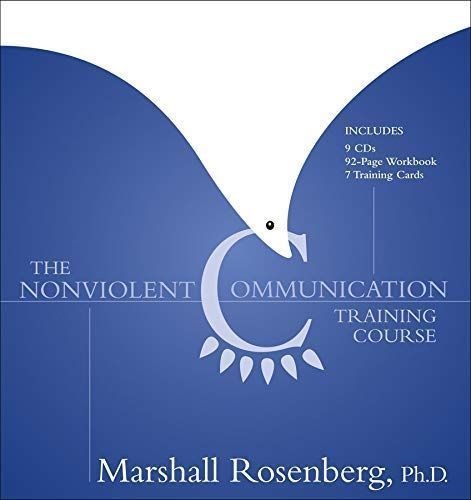
The Nonviolent Communication Training Course
Marshall Rosenberg's remarkable process of Nonviolent CommunicationTM has gained worldwide recognition as a tool for turning even the most volatile situations into a natural interchange of compassion, generosity, and mutual enrichment. Modeled after this visionary peacemaker's nine-day international intensive retreats, The Nonviolent Communication Training Course presents the first ever self-guided curriculum for putting Rosenberg's transformative ideas into everyday practice—whether you're at the office, at the dinner table, in a parent-teacher conference—any situation where you want to honor what is alive in yourself and others. Join the pioneering creator of NVC for more than nine hours of in-depth instruction that includes: Nine immersive CDs that teach you how to use NVC to discuss difficult emotions, deepen intimate relationships, mediate impossible conflicts, and much moreWorkbook with more than 50 exercises to strengthen your ability to successfully apply NVC in the fieldSeven Nonviolent Communication training cards you can use on the spot to express yourself and listen to othersCourse objectives: Identify the four steps of the Nonviolent Communication processEmploy the four-step Nonviolent Communication process in every dialogue you engage inUtilize empathy to safely confront anger, fear, and other powerful emotionsDiscover how to overcome the blocks to compassion, and open to our natural desire to enrich the lives of those around us
Reviews
Matthew Royal@masyukun